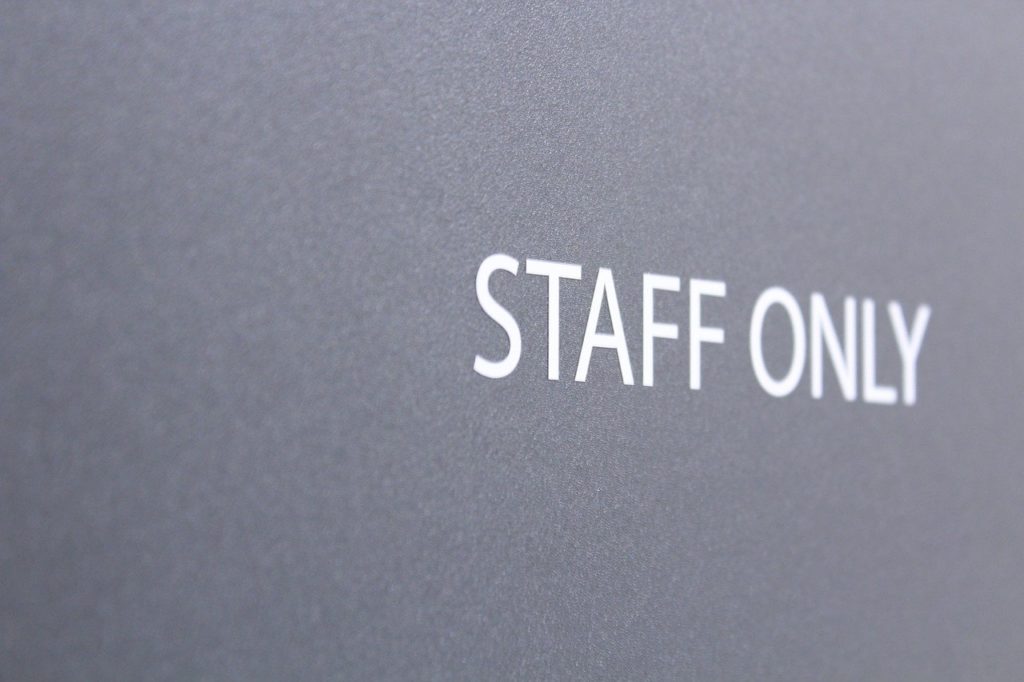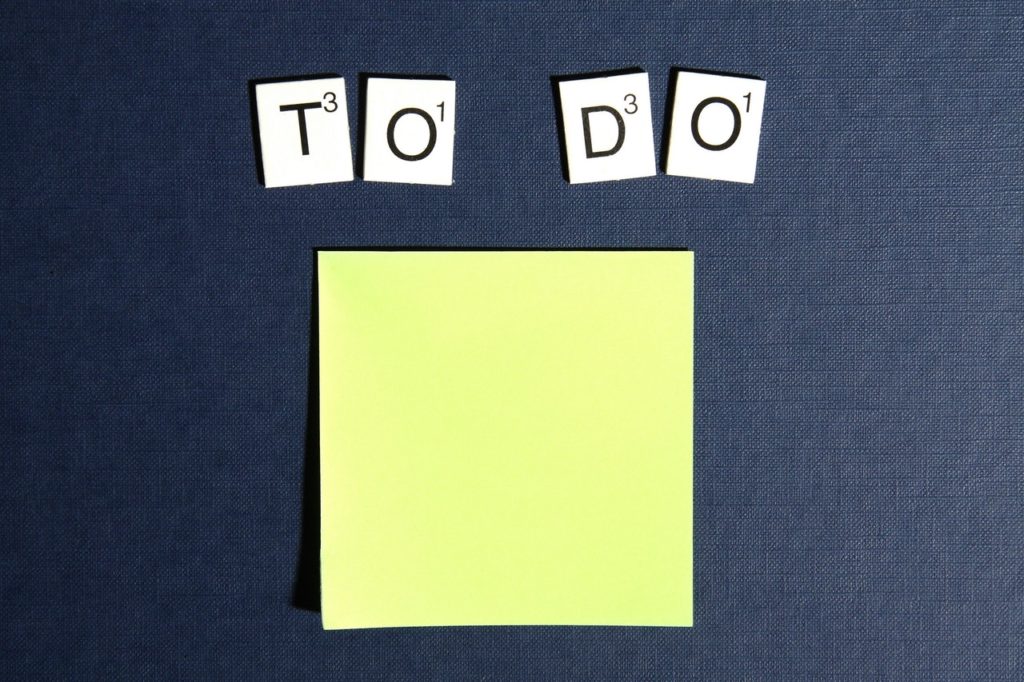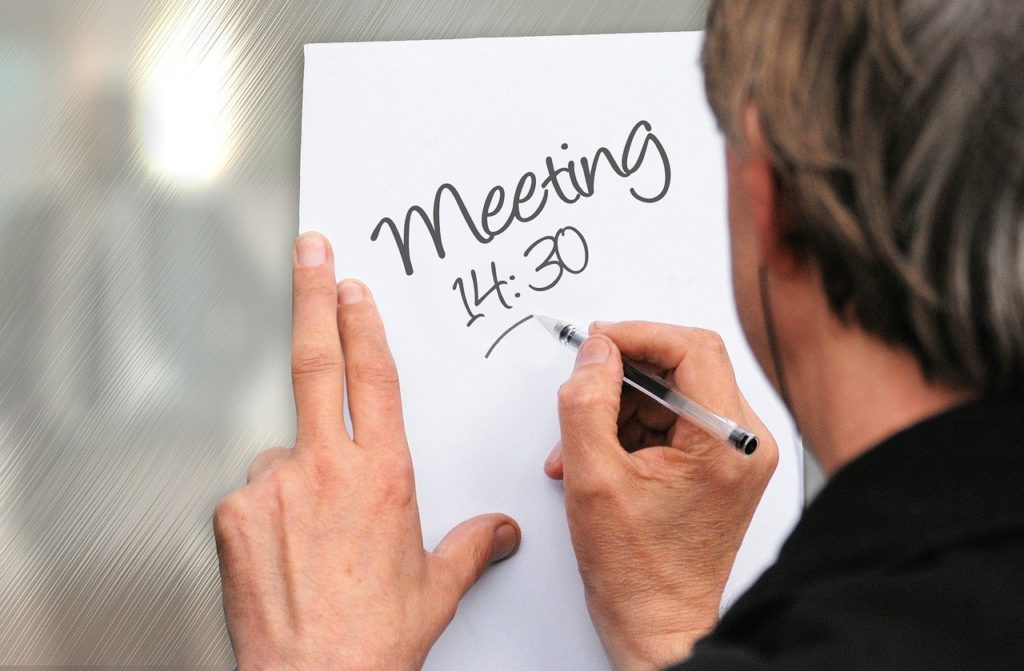Have you ever asked yourself how much of your time is spent on meetings? You might be shocked at the result once you start keeping tab.
The reality is that many people waste too much of their precious time on meetings that are not only boring but unproductive.
So why do companies have such a practice? Are they not simply wasting valuable resources that could be better deployed elsewhere?
We think the answer might lie in the belief that meetings are necessary to keep everyone up-to-date with current happenings and aligned. It could also be true that some people hold meetings solely for the purpose of holding meetings, which is simply irrational.
Here are 11 tips you can use before setting up and/or attending your next meeting.
1. Is the Meeting Worth Holding?

Ask yourself this simple question before you hold/attend your next meeting: how can it be done more efficiently and still be as effective?
Most of the time, issues can be resolved immediately without having to gather a bunch of people together in a room and hammering out the details. Try using email, making a call, or sending a memo instead in these cases. Even a simple face-to-face chat at the pantry or cafeteria could suffice.
Doing so will not only save you time but also avoids disrupting others’ schedules.
2. Choose the Right Time to Host a Meeting

It is important to pick the right timing for a meeting in order to reap the maximum benefits from it.
Try not to schedule a meeting toward the day’s end when people would typically be preparing to leave. Avoid early morning meetings, as well especially if the workday has just begun.
Meetings during mealtimes should also be rescheduled because people could be feeling hungry.
3. Only Invite the Right People

Most meetings involve more people than is necessary.
Before scheduling the meeting, consider who actually should be there and only invite those who have something meaningful to contribute.
Inform them of the meeting’s purpose, why they are needed, and what is expected of them.
Exclude everyone who do not need to be present at the meeting.
4. Set and Send the Agenda to Participants Beforehand

A fruitful meeting starts with a clear agenda at least two hours ahead of time, more if the discussion will involve something complex.
This should include meeting materials containing the overarching themes and objectives in addition to a start and stop time. Send these out to the participants as soon as possible so that they will have ample time to prepare.
5. Reward Participants for Attending

Lest you are wondering, we are not referring to monetary rewards here.
Rather, we are referring to making available to participants a variety of beverages. Food should, however, be made inaccessible until break time.
It also wouldn’t hurt to treat the participants to a meal, especially if the meeting has stretched past mealtime for whatever reason.
6. Cut Down on Distractions

Keep your electronic gadgets in your pocket (or somewhere safe) during a meeting.
Ensure that everyone else attending the meeting does the same.
Those who need to have their gadgets with them during the meeting should have silent mode turned on.
This will keep distractions down to a minimum which can help facilitate a smoother meeting.
7. Keep It Short

One reason why meetings are seen as dreadful and boring is the amount of time spent attending meetings.
The solution?
Keep each session between 30 and 60 minutes as humans have limited attention spans. You will have a better chance of keeping everyone focused when a meeting lasts less than an hour.
8. Have Decisions for Next Steps

It may sometimes not be possible to come to a decision at the end of a meeting.
If this happens, note down the issues that remain unresolved and keep them in the back of your mind until the next meeting. Doing so will allow your subconscious mind to work in the background to discover the answers while you attend to other matters.
Unresolved matters should usually but not always take priority over other issues so that they do not pile up over time which can lead to mental stress.
9. Send a Recap of the Meeting to Relevant Parties

It is very important to assign someone to take note of the issues discussed during the meeting. This person is responsible for compiling and summarizing the important information, which should then be sent to the relevant personnel.
Doing so will allow the participants to have a quick readthrough of what happened during the meeting and the tasks assigned to them, if any.
10. Try Not to Read Off Slide Presentations

Presentation slides are almost a must in every meeting, but this doesn’t mean that you should just read right off the slides.
This is because purpose of a meeting is to provide insights into one or more topics. Instead of sharing a document or spreadsheet, offer the attendees information that they cannot simply grasp through the presentation slides.
Reading off a slide can be a waste of time as you can easily email the slides instead of hosting a meeting. It also gives others the impression that you were not well prepared.
11. Use the Six Thinking Hats Strategy

The Six Thinking Hats method was devised by Dr. Edward de Bono to help organize everyone’s thoughts during discussions. This approach essentially requires everyone to approach a topic from one of six different perspectives before moving on to the next.
This is especially useful if you find that the meeting has become disorganized or lacking direction.
Note that this method is by no means perfect but remains a tool that you can consider in making your meetings more productive.
You can find the book on sale online or at your nearest book store.




